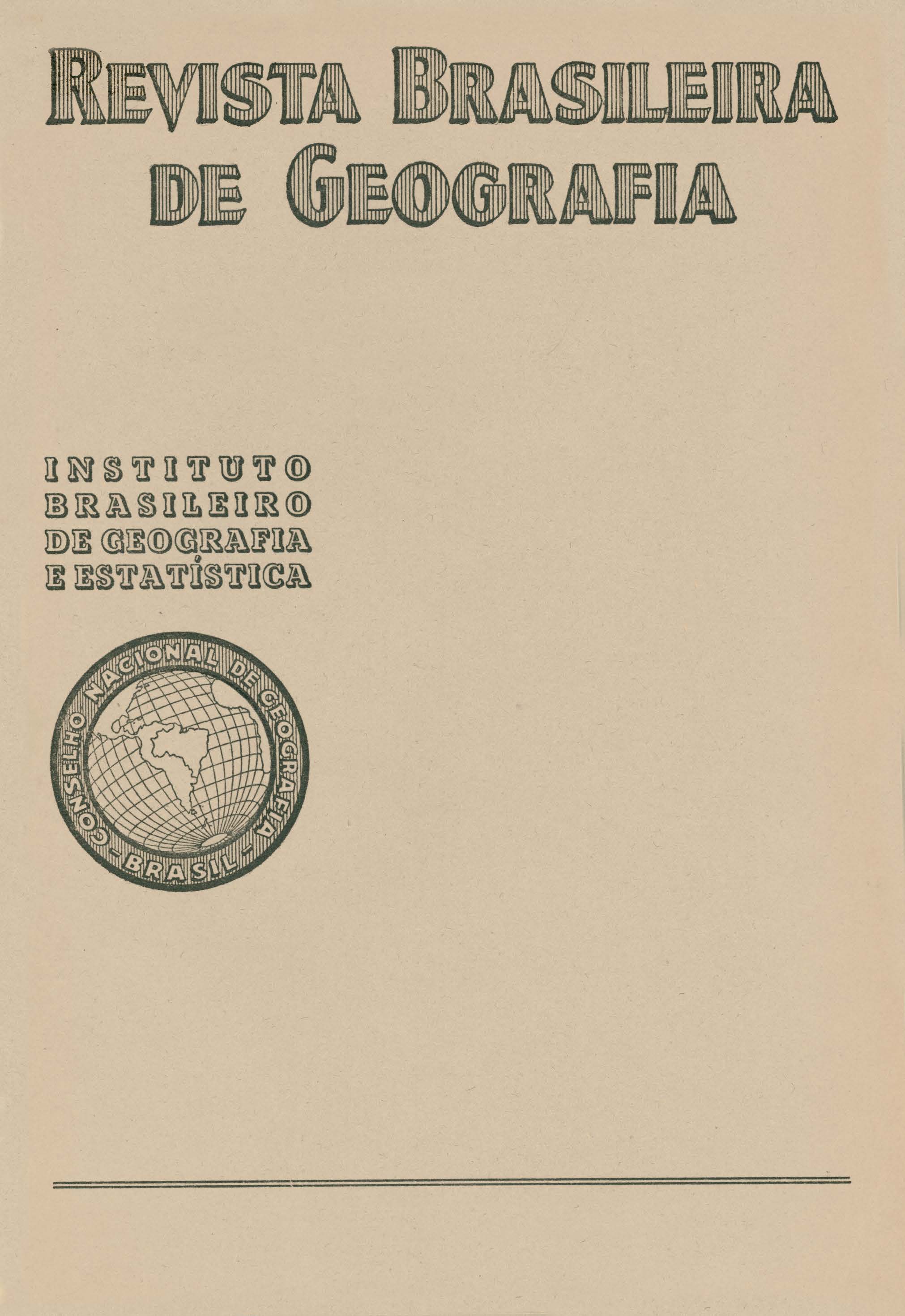Determinação da altitude do Pico da Bandeira na Serra do Caparaó
Palavras-chave:
Altimetria;, Pico da Bandeira;, Serra do CaparaóResumo
The author, Engineer Hugueney de Matos, holder of a chair of Astronomy and Geodesy at the National Engineering School, reports on a determination of the altitude of the Pico da Bandeira, a peak on the serra do Caparaó, surveyed by him and his students in 1941. The question of the altitude of Caparaó, the loftiest point of Brazil, would deserve no more attention were it not for some doubts which demanded their ascertainment.
Let us look back briefly.
In 1911 when Prof Alvaro da Silveira, then Director of the Serviço Geográfico de Minas Gerais was journeying to explore the Itatiaia and Caparaó mountains, he discovered by a slight barometric determination of altitudes that the Bandeira peak on the Caparaó was higher than that of the Agulhas Negras on the Itatiaia, the latter having been considered up to that time as the culmination. To confirm such an observation the professor went on to make more rigorous determinations by means of simultaneous barometer readings on those peaks and the 1espectlve points of reference in neighboring railways stations to reach the conclusion that the altitudes were: Caparaó 2 884 meters and Itatiaia 2 821 meters, a difference of 63 metres in altitude between the Pico da Bandeira (Caparaó) and that of Agulhas Negras (Itatiaia)
Engineer Adolf Odebrecht, appointed by the Engineering Club to perform new determinations, carried out his task to find 2 790 meters for Agulhas Negras and 2 870 for Caparaó. The question appeared to be settled then
However, in the course of a triangulation by the Serviço Geográfico de Minas, Engineer Gil Lemos observed that the position of the peak was different from that found by Prof Alvaro da Silveira in about 1 kilometer. At this statement the latter again concluded that neither.







